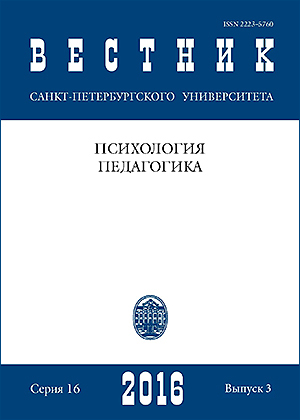О лингвистических аспектах аутизма
DOI:
https://doi.org/10.21638/11701/spbu16.2016.303Аннотация
Аутизм как психическое расстройство характеризуется определенными когнитивныминарушениями, которые проявляются в языковой сфере, поэтому лингвистические наблюдения и эксперименты могут быть полезны для диагностики заболевания и оценки степени егосерьезности. В статье приводится обзор современных зарубежных и отечественных исследований в данной области. В соответствии с выделяемой психологами триадой расстройств приаутизме рассматриваются языковые проявления нарушений в области социализации, коммуникации и символизации. Обсуждаются возможности формализованного описания отдельных нарушений в терминах концептуальной интеграции (Фоконье и Тернер) и дейктических систем координат (Чилтон), а также наиболее известные теории — модель психического и теория центрального согласования, — предлагаемые в качестве объяснения указанных когнитивных расстройств.
Ключевые слова:
аутизм, когнитивные расстройства, языковые нарушения, модель психического, теория центрального согласования, теория концептуальной интеграции
Скачивания
Библиографические ссылки
References
Загрузки
Опубликован
Как цитировать
Выпуск
Раздел
Лицензия
Статьи журнала «Вестник Санкт-Петербургского университета. Психология» находятся в открытом доступе и распространяются в соответствии с условиями Лицензионного Договора с Санкт-Петербургским государственным университетом, который бесплатно предоставляет авторам неограниченное распространение и самостоятельное архивирование.




